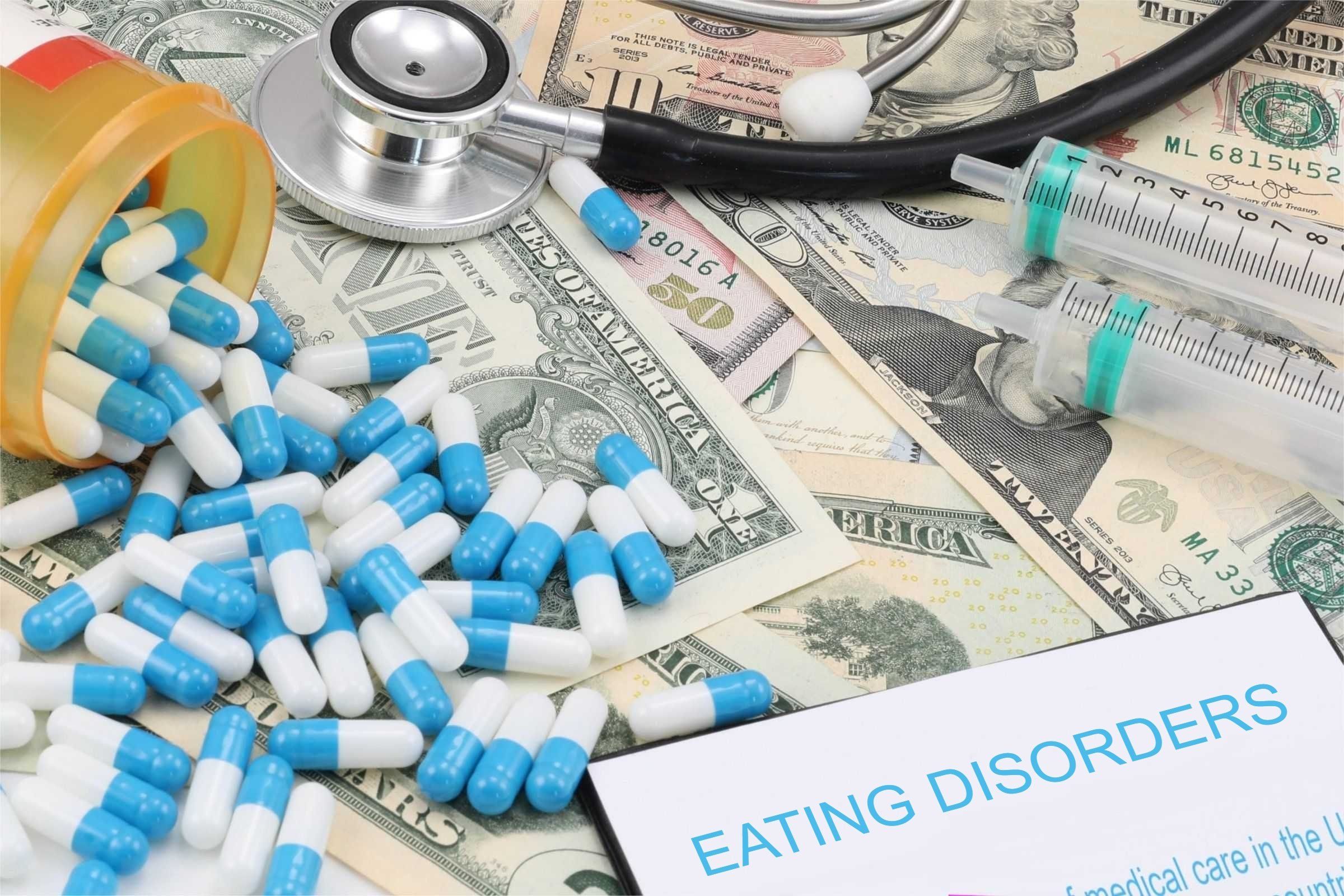If someone told my younger self I’d eventually publish an article about my experience with bulimia and the search for treatment I would’ve called them crazy. In the past, I’d experienced my fair share of struggles, but never anything this invasive. Because of bulimia, my sophomore year was truly one of the most difficult periods of my life.
It starts very similarly for many people: a one-time thing, then an occasional activity labeled as a safety measure for overeating (an incredible contradiction given the risks), and then pure unrelenting chaos.
Before I knew it, the issue I thought I had under control crept into every corner of my life. It took priority over everything I loved and enjoyed: my relationships with friends and family, my hobbies, and even school. What was supposed to be my best year yet became infected by my eating disorder.
Calories in, calories out
I was constantly occupied by obsessive thoughts about restriction, binges, and what I would do to compensate for the ‘lack of discipline.’ Ultimately, it drained me to the point I had no energy for anything else. And despite multiple short-lived attempts to recover alone, I finally admitted, “I cannot let my life waste away like this.” So, I reached out for help.
Finding the right treatment program was a grueling process. It was a bit like applying to a college with a health insurance plan as a helicopter parent.
When I requested a list of in-network programs from my provider, I was met with a 99-page treatment directory. Every listing primarily offered support for depression, anxiety, and addiction. Not a single entry specialized in eating disorders. Why wasn’t my condition taken seriously?
I searched through what felt like 100 programs in Pennsylvania, made a disorienting amount of phone calls, and sent many emails.
After weeks of research, I hit a dead end. The most revered programs with the best patient outcomes were unaffordable. Meanwhile, my easiest options received horrendous reviews detailing traumatic events and dehumanizing conditions. How was it possible I lived in such a treatment-rich area with no appropriate match?
An appalling disparity
The truth is, despite the government’s steps to advocate for public insurance coverage for mental health treatment, eating disorder programs are excluded and treated as a luxury.

When the Affordable Care Act passed under Obama’s administration in March 2010, insurance companies were no longer allowed to deny or charge more for those seeking mental health or substance abuse care.
Eating disorder recovery requires a multidisciplinary approach, which could include a therapist, psychiatrist, doctor, or dietitian; Insurance companies don’t like how expensive this sounds.
Project Heal, a nonprofit organization dedicated to breaking down financial hurdles for eating disorder treatment, explains on their website how patients may suffer from limited provider networks and high out-of-pocket costs (despite coverage approval); all pose major hurdles.
Also, individuals can be denied coverage if treatment is not considered medically necessary. In other words, if you are not ill or dying, you are much less likely to get coverage.
Weight is also a contributing factor in determining diagnosis and medical necessity. Given that only 6% of eating disorder patients are underweight, this practice feels outdated and stereotypical.
To make matters worse, those who find treatment are only covered for a certain number of days. Often, insurance coverage is less than the recommended length of stay. This unfortunate trend proliferates not only in eating disorder treatment but across all mental health and addiction programs. The publicly insured are also significantly less likely to receive recommended treatment.
The ultimatum for public insurance
Even with various acts passed to enrich and broaden mental health treatment in America, public healthcare fails miserably with the exclusion of eating disorders. Failure to make treatment attainable is discouraging. Worst of all, forcing a population to recover alone heavily stigmatizes the issue.
It is crucial that eating disorders be taken seriously, as they are among the deadliest illnesses. A 2009 study found, “Crude mortality rates were 4.0% for anorexia nervosa, 3.9% for bulimia nervosa, and 5.2% for eating disorder not otherwise specified.” Regardless of an individual’s appearance, eating disorders have deadly consequences for the cardiovascular system at any weight.
Never alone
I feared others would view me as my disorder, a disease I never asked for. And, if anything, secrecy was too difficult to bear. If the desire for normalcy transforms into self-alienation, you have backed yourself into a cold and unwelcoming corner. Please understand you are not alone.
Free support groups, hospital and university research treatment studies, and on-campus counseling are always available.
If you or someone you know struggles with an eating disorder, consider visiting Cabrini’s Counseling and Psychological Services. CaPS also partners with Uwill, a free teletherapy service.



